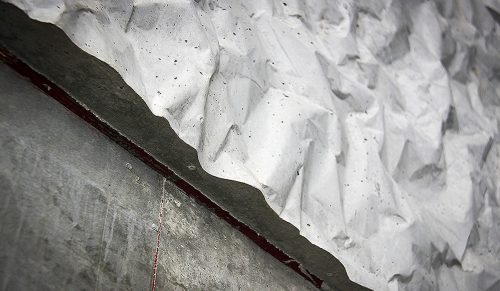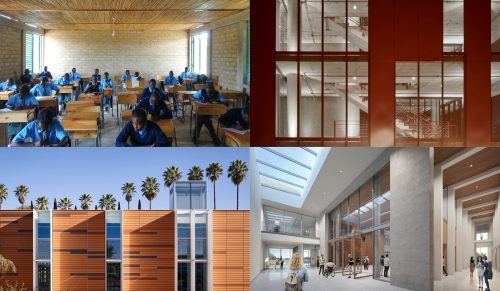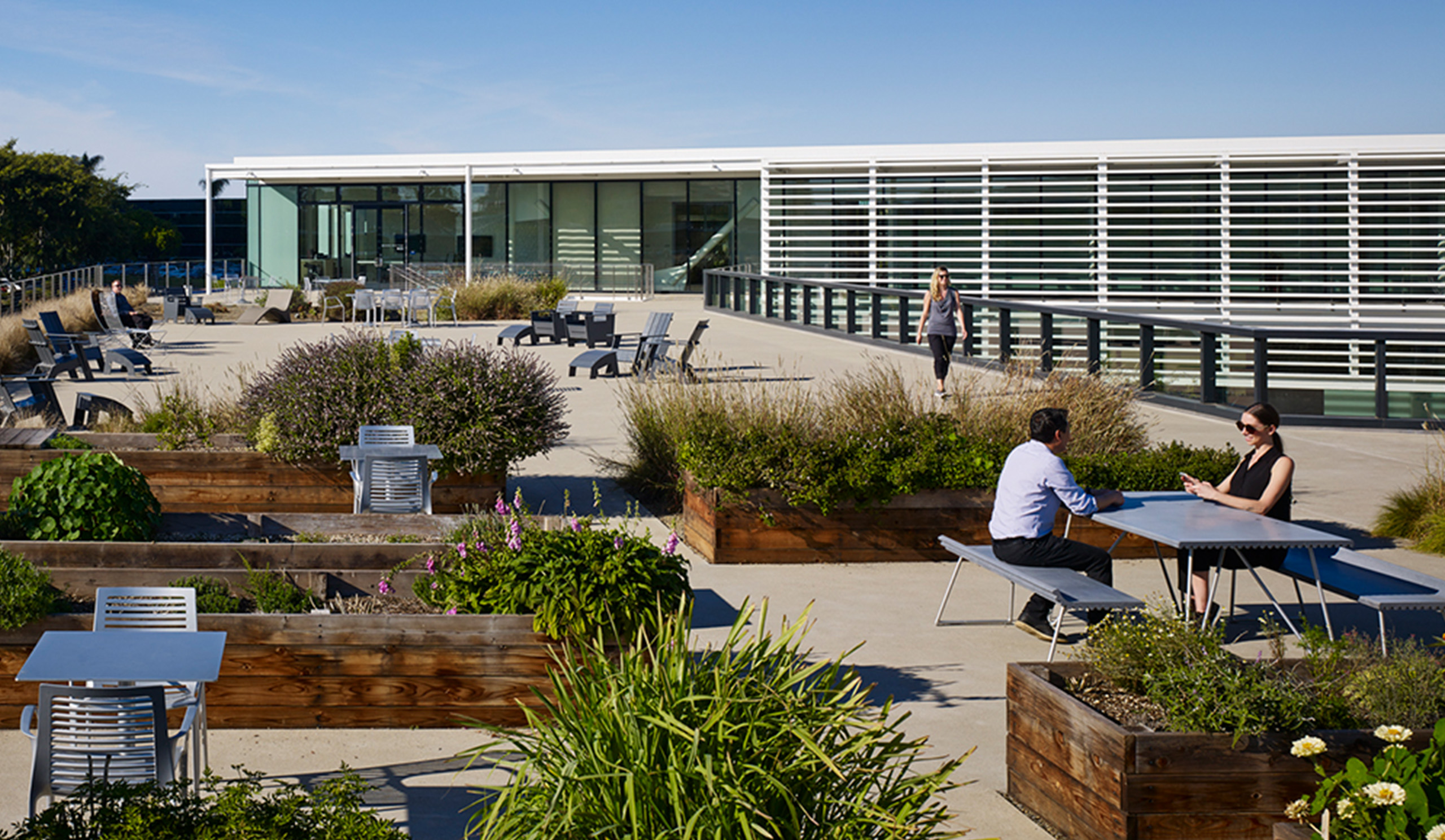
Designing for WELLness
As a new and relevant certification standard within the design industry, the WELL Building Standard goes beyond sustainability and resource conservation to encompass human-centric design. The standard explores how building design, operations, and behaviors can advance human health and wellbeing. With a history of focusing on the humans within a space, BNIM employs a human-purposed integrated design (HP.id) approach, which shares strong alignments with the WELL Building Standard.
Architect and interior designer Lana Zoet, AIA IIDA WELL AP LEED AP BD+C, an Associate at BNIM, recently became a WELL Accredited Professional (WELL AP). Issued by the International WELL Building Institute, the WELL AP credential signifies expertise in human health and wellness in the built environment and specialization in the WELL Building Standard. We asked Lana some questions about the WELL Building Standard and what it offers the design practice.
Why do you think the WELL Building Standard is important?
Wellness isn’t undervalued but can often be overlooked. Any design can solve for the functional needs of a building — enabling interactions and providing adequate work and meeting space, for example. Designed spaces should not only serve a functional purpose, but they should also enable and empower the individuals, communities, and ecosystems in which they exist. What WELL does is suggest measurable strategies to make built spaces better, going from the fundamental quality of our environments (air, water, etc.) all the way into practices that promote health and wellbeing (fitness and ergonomics, family support, stress recovery, mental health support services). These strategies ensure an environment for holistic wellness.
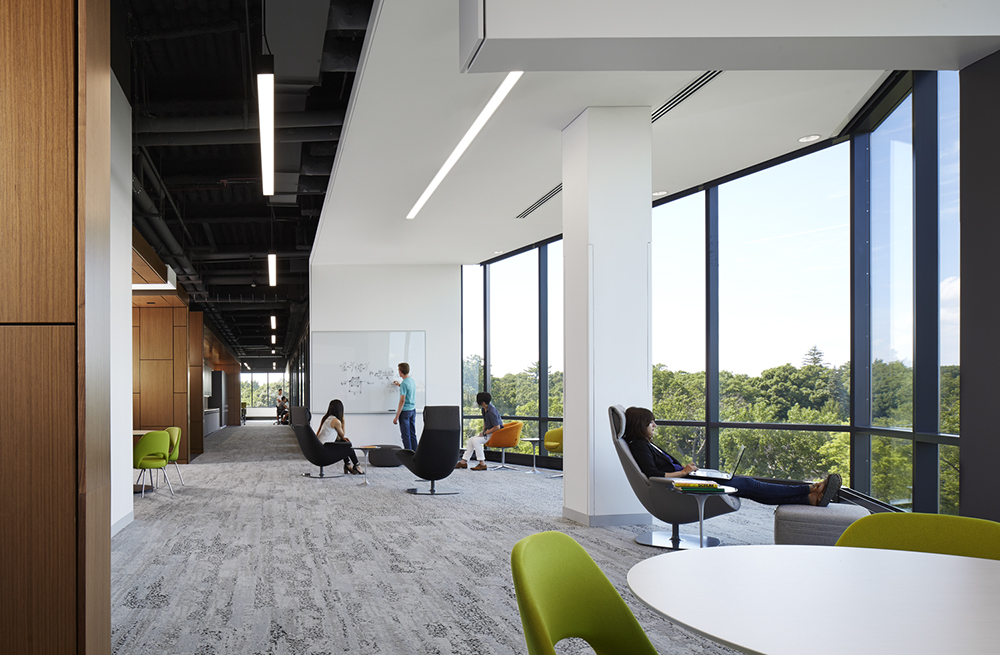
What is it about the WELL Standard that makes utilizing these strategies now more feasible?
The WELL Building Standard is now putting metrics on the impacts of specific design strategies that put the user first. Features that promote wellness have historically been difficult to validate from a cost investment standpoint. It has proven remarkably helpful to have a tool that is developing data measures for intuitive design strategies we innately understand but previously had difficulty quantifying — that fresh air matters, daylight is important, a connection to nature makes us happy, etc.
The standard gives us, as designers, a way to validate the strategies that will make a space experientially great. It helps building owners and clients see the numbers or measurable potential behind the strategies. WELL empowers the client to say that a space that promotes wellness is something they value and want to incorporate at outset of the design process; this gives the team a guideline by which to hold the project accountable.
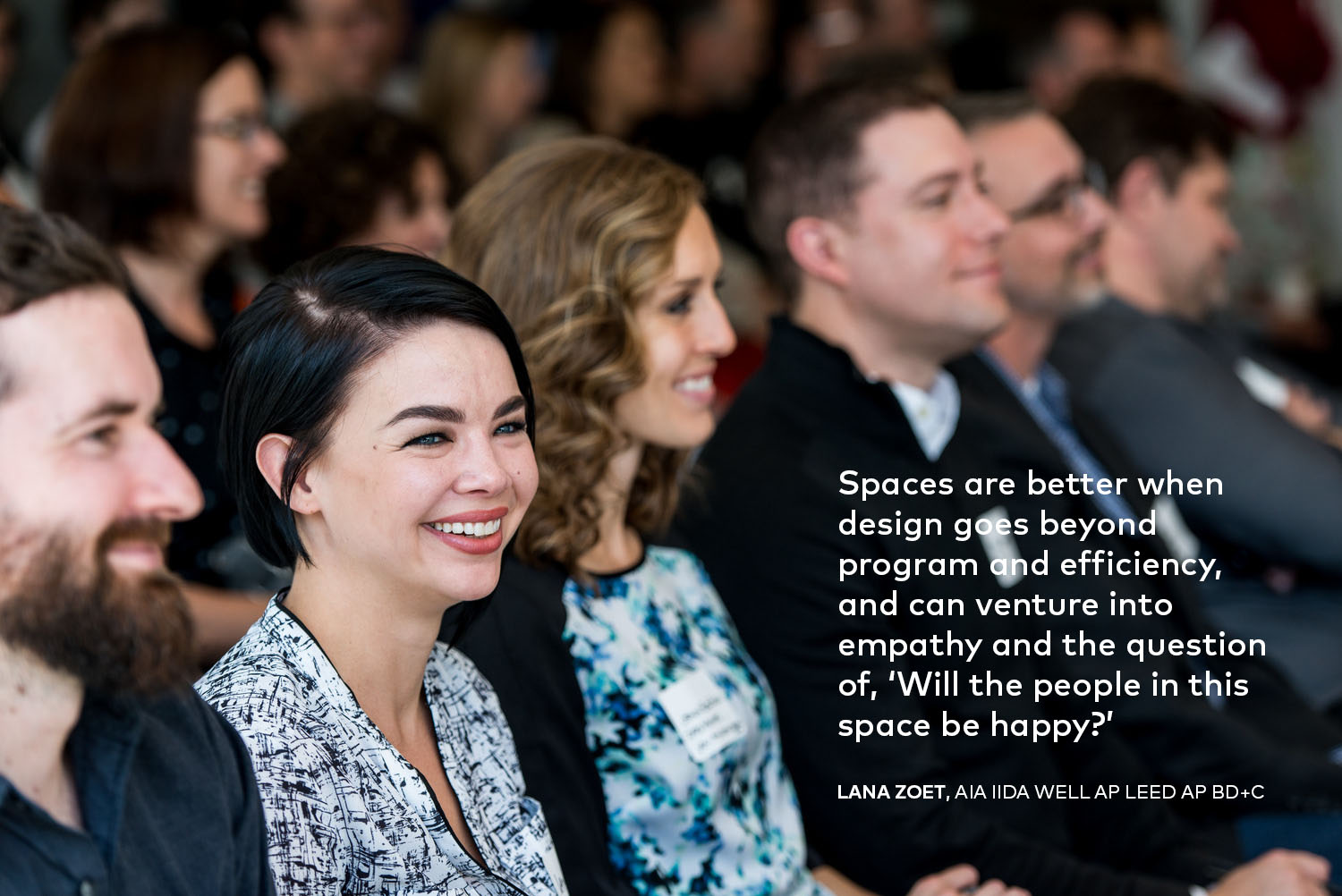
How do you see the WELL Building Standard fitting in with BNIM’s mission and values?
I speak for everyone here at BNIM when I say that we all believe our buildings should provide a beautiful and inspiring experience for all the people within them. As a firm, we have historically sought and continue to innovate ways to make the human experience better in spaces we design. A lot of clients work with us because they believe in that process. WELL is an additional tool to reinforce strategies that we’ve already been employing for a very long time.
The WELL certification is a great compliment to LEED certification. One of the great things LEED has done for the industry, which is absolutely crucial, is to make the building industry respond to increased environmental and resource-focused demand with better products and practices. Initially, it was a hurdle for some manufacturers and contractors, but now there is familiarity and a new status-quo, so to speak. WELL is going to do the same thing, I hope — change the norm by bringing wellness into the mainstream and everyday conversation. As an example, WELL directly addresses mental health, referencing statistics about depression and suicide. How well our human needs (physical, mental, social, familial) are met has an impact on our wellbeing. The spaces in which we spend our time have the power to address some of those needs, express consideration, and offer opportunity. Spaces are better when design goes beyond program and efficiency, and can venture into empathy and the question of, ‘Will the people in this space be happy?’ We should do as much as we can to support each person in the spaces we design.
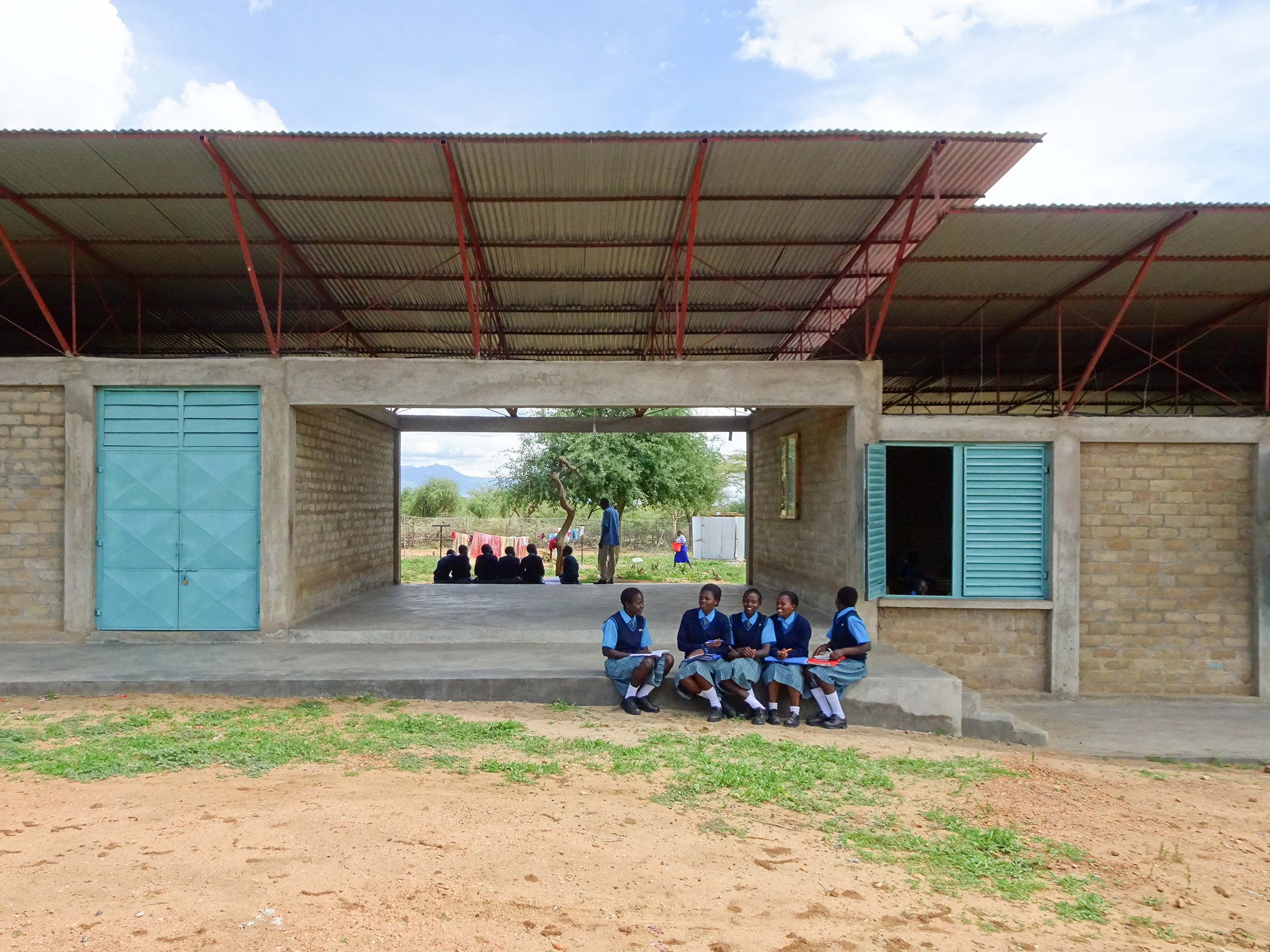
What do you think the benefit is to current and future clients?
Clients can use WELL certification to express their values. For example, higher education institutions who strive to be student-centered can use WELL certification as a way to show that they have invested in ways to ensure the space will be great for the students within it. WELL certification also offers great value to employers through proven positive impact on recruitment and retention. They are able to stand out within increasingly competitive industries by offering workspaces that support their employees in more holistic ways. WELL brings wellness into the conversation and allows strategies that may have previously been overlooked to be evaluated and employed.
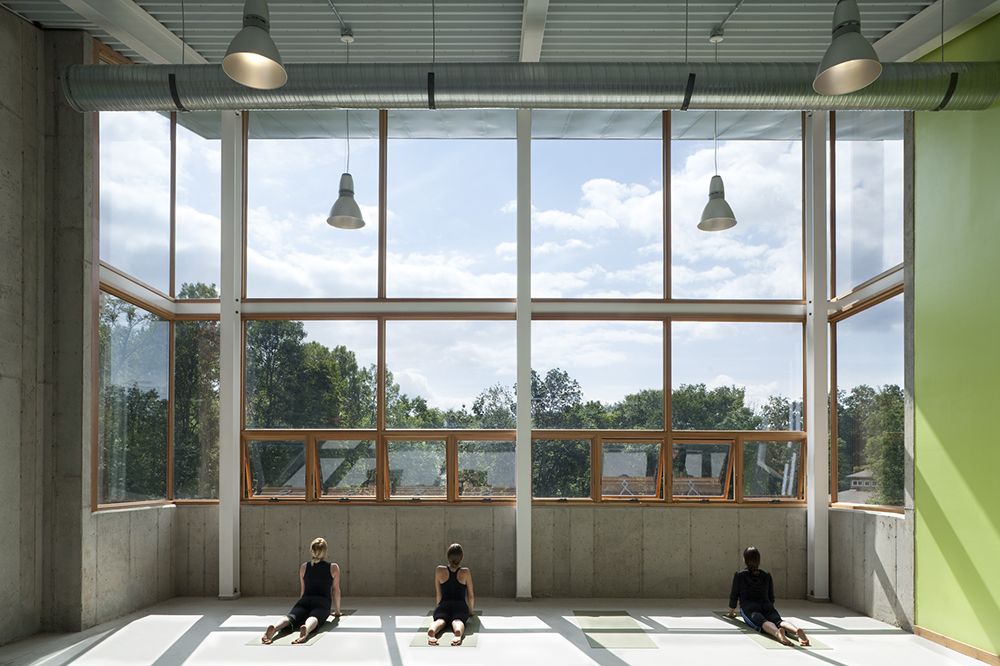
As a firm focused on human-purpose design, we at BNIM look forward to seeing the WELL Building Stardard become a more integrated part of the profession in coming years, elevating the positive impacts that building design, operations, and behaviors have on human health and wellbeing.
